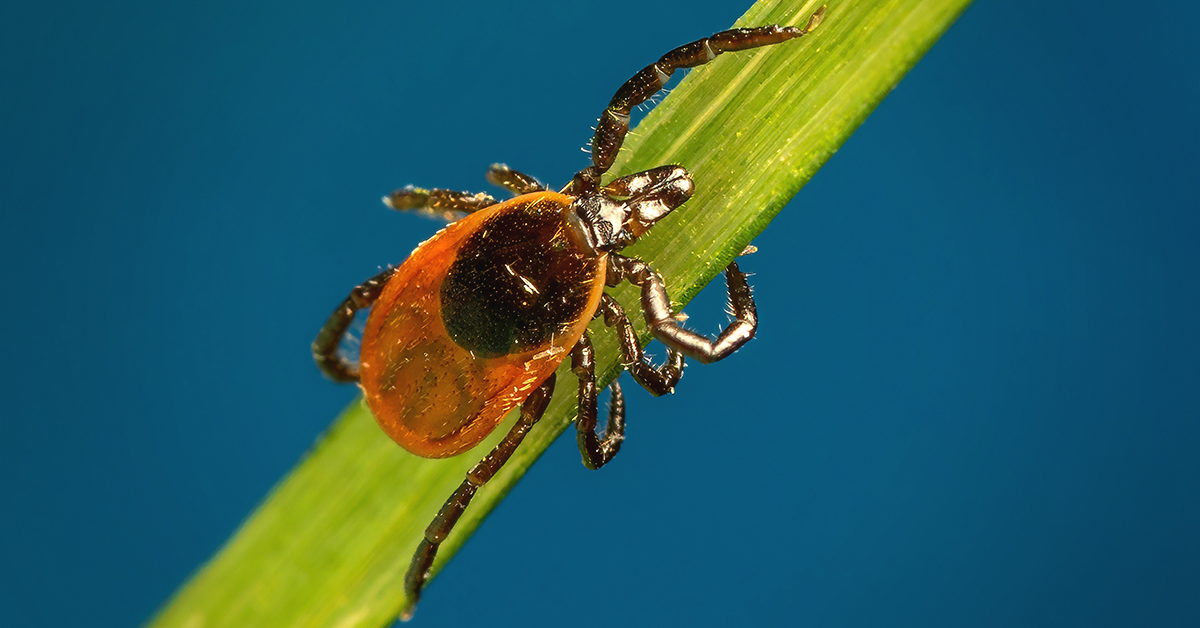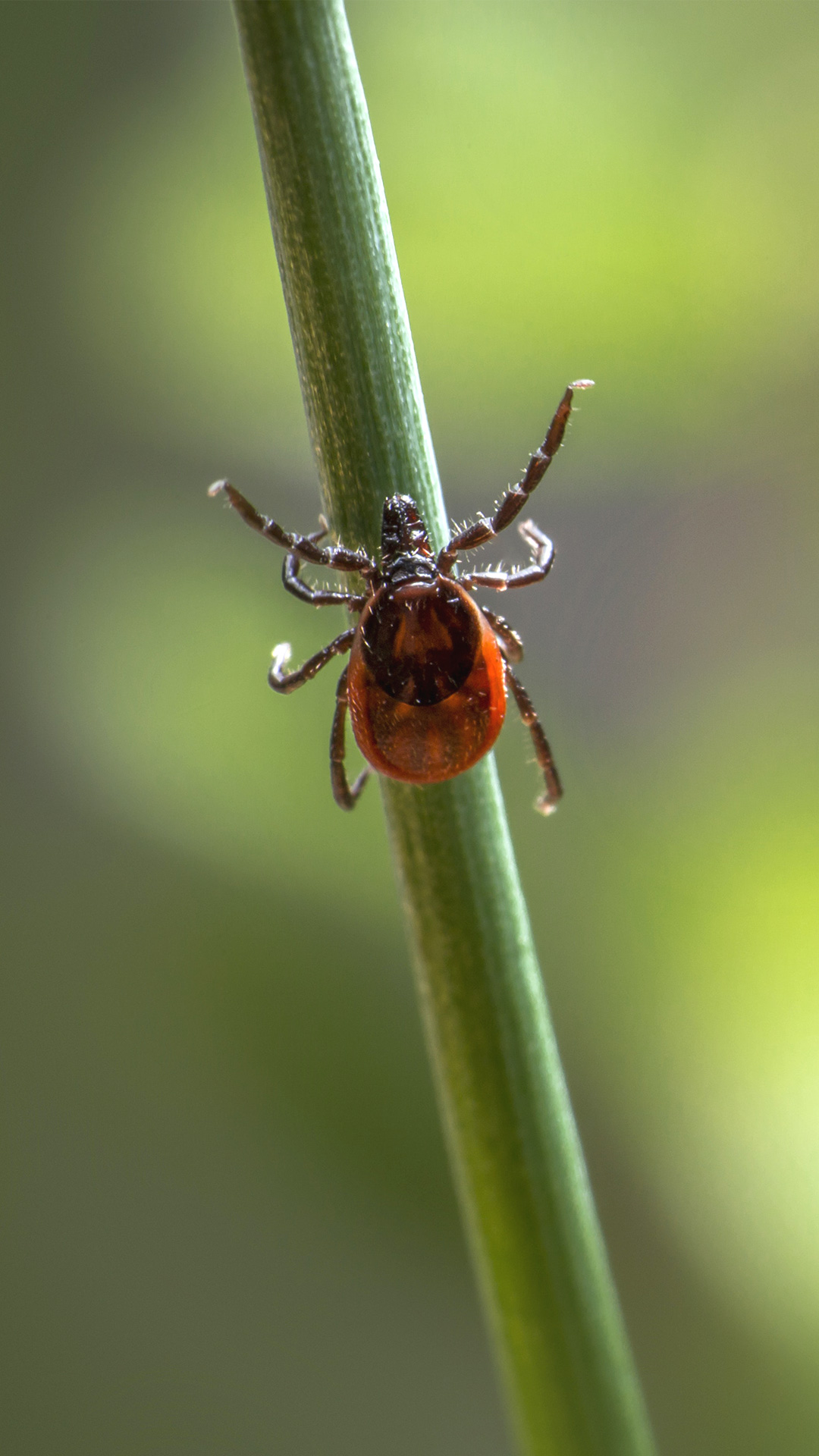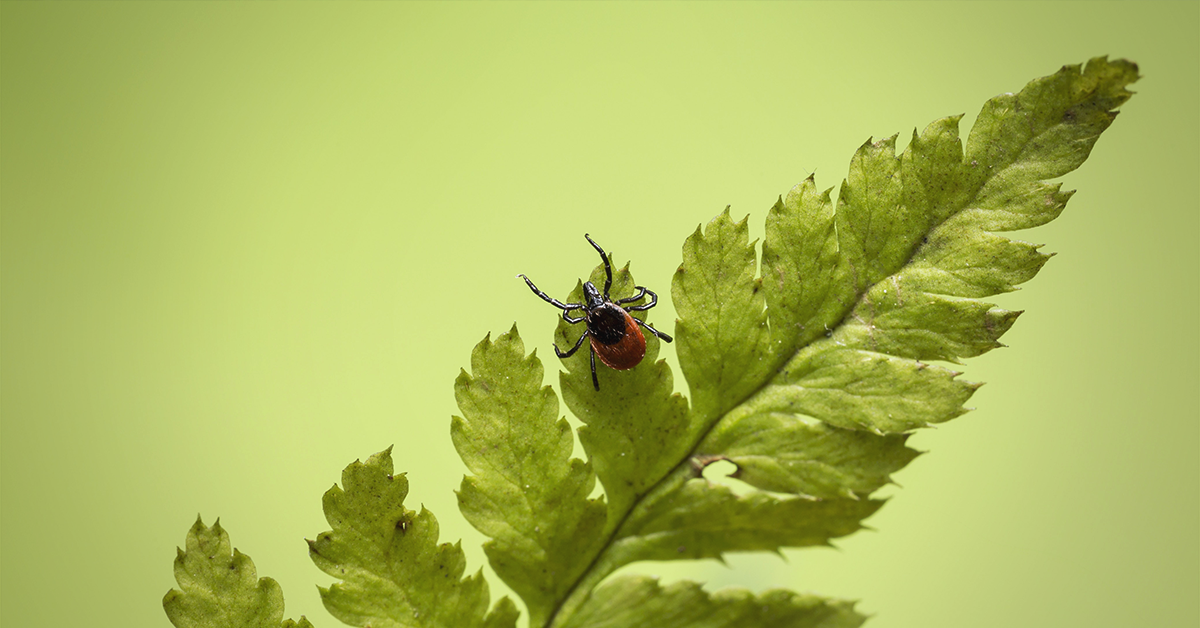It’s only May, but I’ve already noticed a sharp increase in the number of ticks I’ve had to pull off of my horses this year. I usually only have to worry about biting flies, but this is definitely a new and worrisome problem. Warmer winters caused by climate change may be to blame, but whatever the reason, we, horse owners, may need to be more diligent in tick control for our horses.

Not only can ticks transmit disease, but skin wounds caused by ticks can lead to secondary bacterial infections and screwworm infestations. If severe enough, tick infestations can even lead to anemia and death.
Many tick species exist, but several are specific to horses including the tropical horse tick (Dermacentor nitens) and the moose or winter tick (Dermacentor albipictus). Multi-host ticks such as dog ticks or deer ticks can also be found on horses.
Ticks usually gravitate to the horse’s head, neck, shoulders, and pubic area. However, some ticks prefer ears, the area around the anus, or the nasal passages. These are all areas that should be carefully checked.

Removing Ticks
Ticks should be removed as soon as possible to prevent disease and infection. Check over your horse daily, if possible. To remove a tick, use tweezers or a “tick key” to carefully grasp the tick close to the skin. Pull gently to remove the tick. Avoid removing ticks with bare hands as some tick-borne diseases can be transmitted through breaks in the skin or contact with mucous membranes. Place removed ticks in a bottle with rubbing alcohol to kill them.
Horses can also be treated with topical insecticides that will kill attached larvae, nymphs, and adults. Your veterinarian can prescribe or recommend a product for this. Fly sprays that include tick-repellent ingredients can also be used. Products containing permethrin appear to be the most effective.
Monitor sites on your horse where ticks have been removed. If the area turns red or swells, call your veterinarian.

Tick Control on the Farm
Keeping horses away from tick-prone areas is best. Most ticks live in tall grass or along borders between pastures and woodlands. Regular mowing can help decrease tick habitats. Likewise, don’t stack brush piles in or near turnout areas. Ticks don’t like sunlight, so clearing areas to provide more sunlight will help minimize tick activity.
You can also recruit tick predators such as chickens and guineas to help keep tick numbers in check. Keep your hens close to your barn and pastures.
Using insecticide premise sprays has its pros and cons. If you choose to use one, make sure it’s safe for horses. Follow directions carefully and keep in mind that you will likely have to keep animals off the sprayed area for a certain period of time. Another option for the barn is BugArmor® Fly Spray Insecticide Concentrate which is designed for barn misting systems.
Ticks aren’t much fun to deal with, but by being prepared and keeping control strategies in place, you can help keep your horses safe this spring and summer.

Love this blog post? We think you will enjoy DIY Fly Sprays by Casie Bazay.



